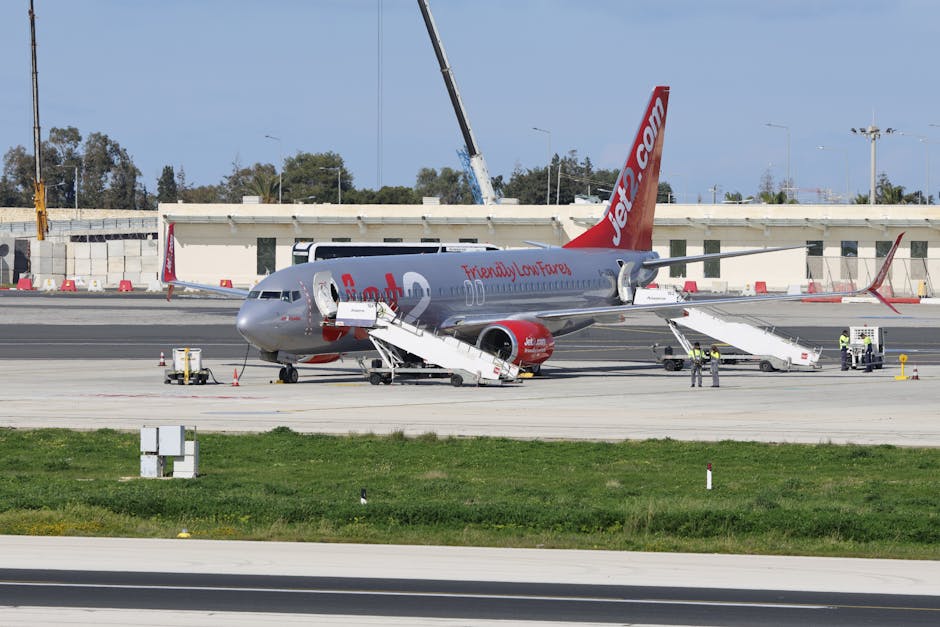
Crew Scheduling Best Practices for Efficient Airline Operations
Introduction to Crew Scheduling
Effective crew scheduling is vital for the smooth functioning of airlines and transportation companies. Proper planning ensures flights depart on time, staff are well-rested, and operational costs are minimized.
Key Components of Crew Scheduling
Implementing best practices involves understanding the essential components such as labor laws, crew availability, route demands, and rest periods. Balancing these factors results in efficient schedules that satisfy both regulatory requirements and operational needs.
Automation and Technology in Crew Scheduling
Modern automation tools play a significant role in optimizing crew schedules. These systems can quickly adapt to changing circumstances, reduce human error, and streamline the scheduling process.
Best Practices for Crew Scheduling
- Prioritize crew members' rest periods to ensure safety and compliance.
- Use advanced scheduling software to analyze multiple variables efficiently.
- Communicate proactively with crew members regarding schedule changes.
- Plan for contingencies such as crew absences or delays.
- Regularly review and update scheduling policies based on feedback and regulations.
By adhering to these best practices, airlines can enhance operational efficiency and crew satisfaction.
Conclusion
Successful crew scheduling combines technology, strategic planning, and people-centered policies. All organizations aiming for reliable and compliant operations should invest in refining their scheduling processes.
